We’re excited to introduce you to the always interesting and insightful Tamla Boone. We hope you’ll enjoy our conversation with Tamla below.
Tamla, appreciate you joining us today. We’d love to hear about a project that you’ve worked on that’s meant a lot to you.
Seventy-Seven Percent is a deeply personal work exploring ancestry, identity, and cultural memory. The exhibition was sparked by a decisive discovery in my DNA profile: 77% of my heritage connects directly to six West African countries—Nigeria, Mali, Cameroon, Ghana, Benin, and Senegal.
That percentage is more than a number. It’s a symbol of belonging, a map of where I come from, and a doorway into storytelling that spans continents and centuries. This is why the work is so meaningful to me—because I didn’t grow up knowing the full scope of my ancestry. I longed to discover where I came from, to understand the rituals and ceremonies my ancestors lived by, and to reclaim the parts of my heritage that history tried to erase.
The show features seven life-size ceramic sculptures, each one layered with the textures, histories, and spirits of African American identity. I’ve drawn from traditional African patterns, ceremonial adornments, and ancestral aesthetics to shape these forms—bridging the ancient with the contemporary, the personal with the collective. This work reflects how that heritage continues to shape my artistic practice and my sense of self.
As a child walking through museums, I was surrounded by white sculptures. I rarely, if ever, saw Black bodies or stories represented in those spaces. With this exhibition—and with everything I create—I aim to shift that narrative. I want African Americans to step into a gallery and feel seen. I want them to stand before figures that reflect their beauty, resilience, and legacy.
Seventy-seven percent is about reconnection. It’s about reclaiming the histories interrupted by the Transatlantic Slave Trade and breathing life back into silenced stories. Through clay, I trace the lines of my lineage, creating space for memory, resistance, healing, and celebration. This work is both personal and communal—a reminder that what was lost is not gone and that what lives in us is worth honoring.

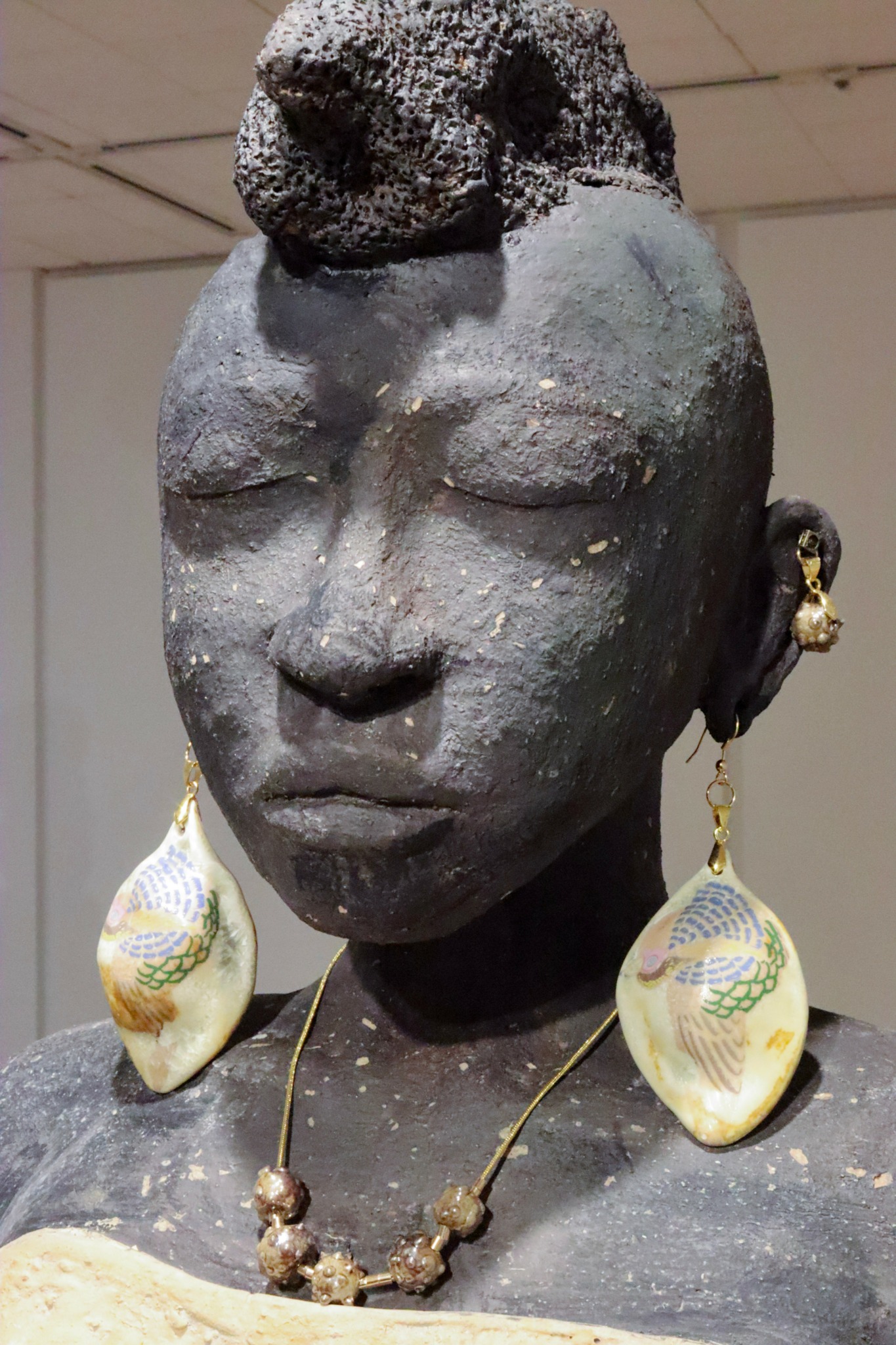
Tamla, love having you share your insights with us. Before we ask you more questions, maybe you can take a moment to introduce yourself to our readers who might have missed our earlier conversations?
When I was little, my dad used to always ask me, “How will you contribute to society?” My
imagination ran wild with many broad ways to cure cancer, fly to the moon, or maybe pray and
heal people. Now as an adult, I know that I can only do what I can do. I’m an artist and a teacher.
My pieces may involve natural compounds, ceramics, paint, wood, metal, and glass. Im also an Art Educator to students of all ages in various venues. My experience includes collaborations with Schools, Science Centers, Historical Sites, and Arts and History Centers. I’ve traveled by horse and buggy, lived in Civil War Forts, caused explosions, and set myself on fire several times all in the name of Passion. Im is passionate about teaching her crafts, history, and adventures.

What do you think is the goal or mission that drives your creative journey?
When the opportunity arises to put my legacy on art, it creates a conversation between the eyes and the mind.
Eyes will ask, “What is this we are seeing”
the mind answers back with a sigh. “It will take lots of work to understand”
and then it starts a search through archives and collections
gathering bits and parts of journals, songs and scenes.
Digging for old tales or secrets
finally mind answers back to eyes.
“It’s her history!”
I’ve never seen this before, says the eyes.
The mind replies, “wait,…It’s from other cultures.
But the eyes felt restless, unsteady and questioned the mind persistently.
So…Each piece tells a story about her heritage? Is it her rituals or ceremonies?
Shhh, says mind let’s wait see what it reads.”
Its, what they call oral traditions?
The eyes and the mind couldn’t rest from the canvas and the quiet traditions that spoke volumes.
This Volumes emanated a melodious hertz that awakened, the soul.
The soul yawns, “Who’s secrets are we uncovering?”
The eye and the mind answer back, “Hers!”
The oral traditions displayed in my art are a collaboration with my ancestors, a lost and found legacy that I now treasure.
As a child walking through museums, I was surrounded by white sculptures. I never saw Black bodies or stories represented in those spaces. While studying art history in some of the most prestigious museums in the world, I often
wander through and ask myself where are we? It’s easy to observe pointed noses, straight hair, and predominantly pink or beige skin tones. But where are the afros, the braids and wide noses and full lips and black skin? There is a lack of representation of people of color. I hope to rewrite this narrative. My pieces reflect my journey and history. I want brown children to step into a gallery and feel seen. I want them to stand before figures that reflect their beauty, resilience, and legacy.
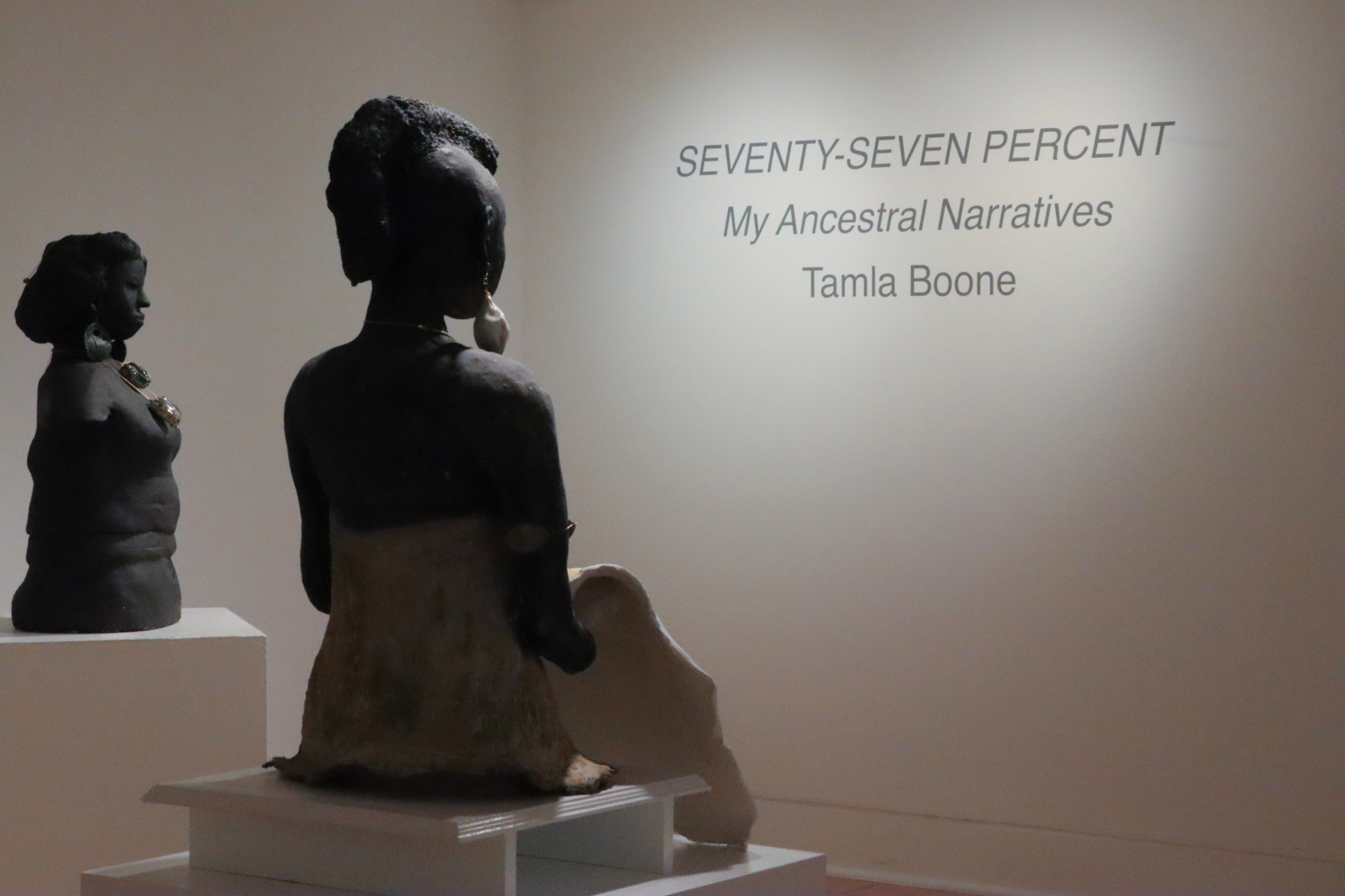
For you, what’s the most rewarding aspect of being a creative?
I recently exhibited in a show in Fayetteville, NC. I was living in Georgia, so I had to drive to Marshville, NC to meet my brother, who has a pickup truck. He drove me to Greenville, NC to pick up my pieces from their previous show. The carpenter hadn’t finished making their crates, so I had to box, pack, and double-box. Each piece uses, 2 boxes to pack, and packing paper and tape is now 12.99 a roll. My brother dropped me off at the gallery to pack my pieces and went to get lunch. He got lost on the way back and picked me up late. We were 2 hours from the next gallery and they would now close before we made it to the museum. We raced down Highway 95 to get to Fayetteville, I had to call ahead to get permission to drop my work off late. We get there at 5:30 and drop the art off. I’m exhausted, I didn’t get lunch, and I’m still 7 hours from home. I thought to myself, “What are you doing”? “What is the point”. “What to show your art”. “This is stupid!”
The venue had an amazing marketing and media presence. A few weeks later, a random person on Instagram sent me a picture from the gallery. There was a class standing in front of my sculptures. There were little black children, standing in awe as they were taught about these black figures. This was the whole point, I wanted black children to see themselves in museums. My friend Tansy who is blonde, always teaches me to grow. She said, not only are the black children seeing it, but also their white friends, they are now able to see sculptures that look like their friends in the museum, too.
This is the most rewarding part of being an artist.
Contact Info:
- Website: https://www.marshmuseum.com
- Instagram: marshmuseum

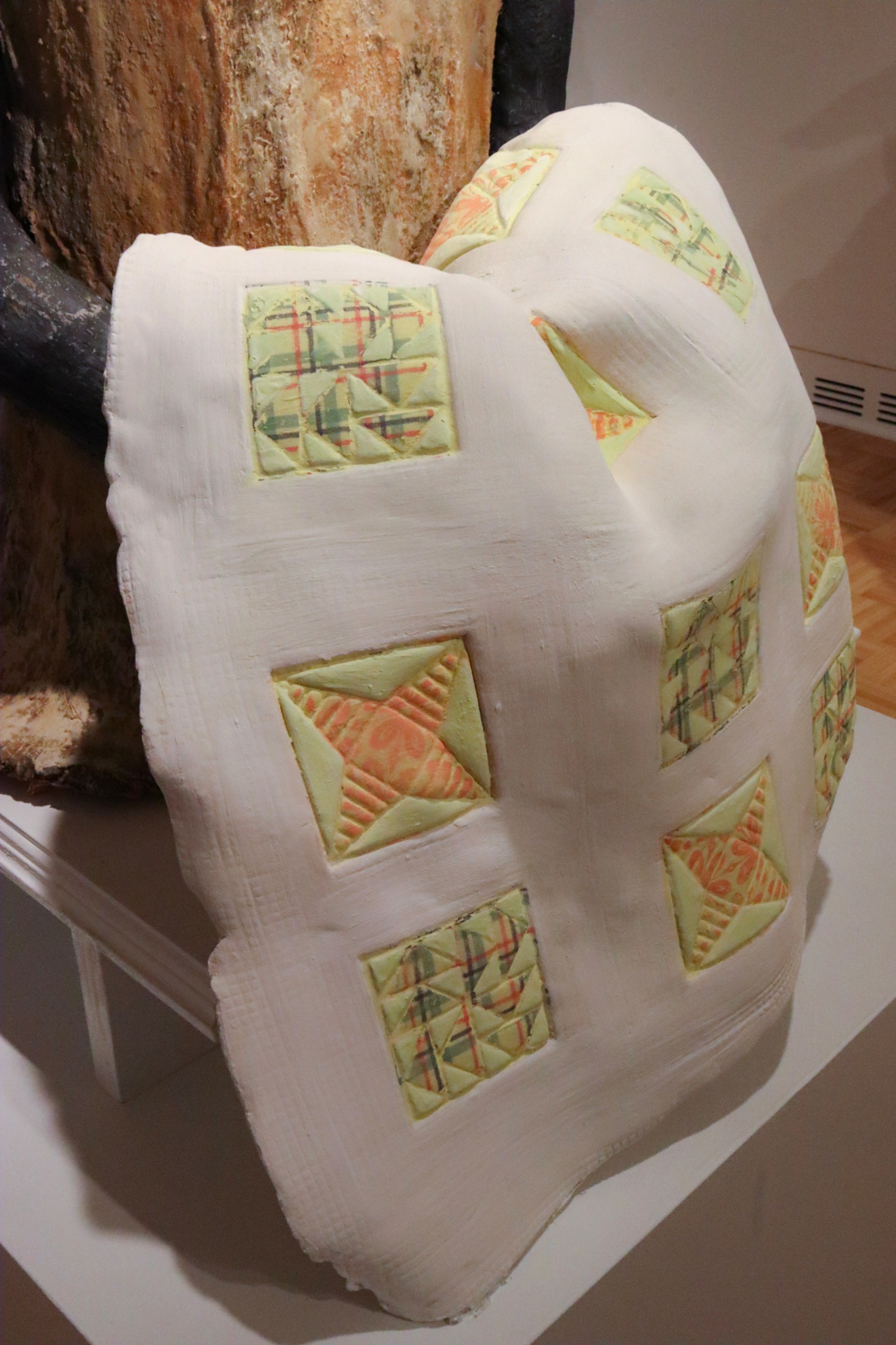
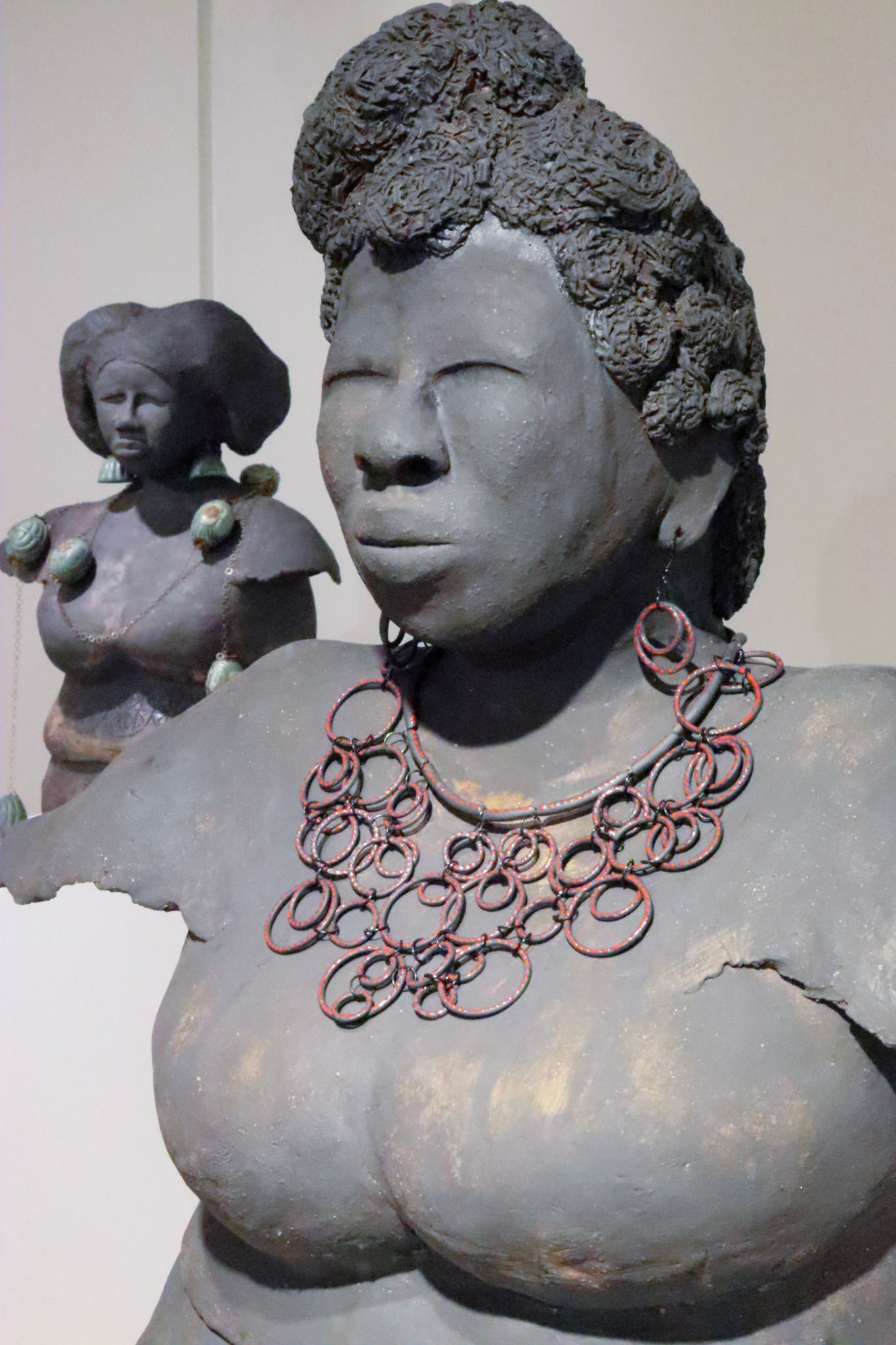

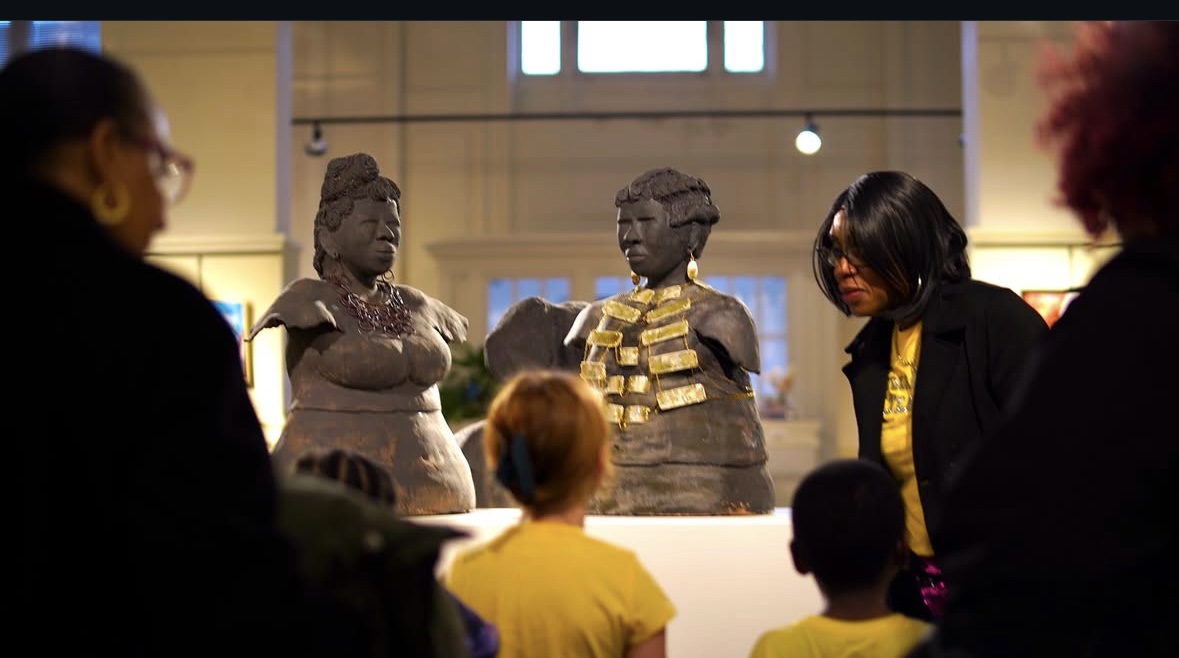
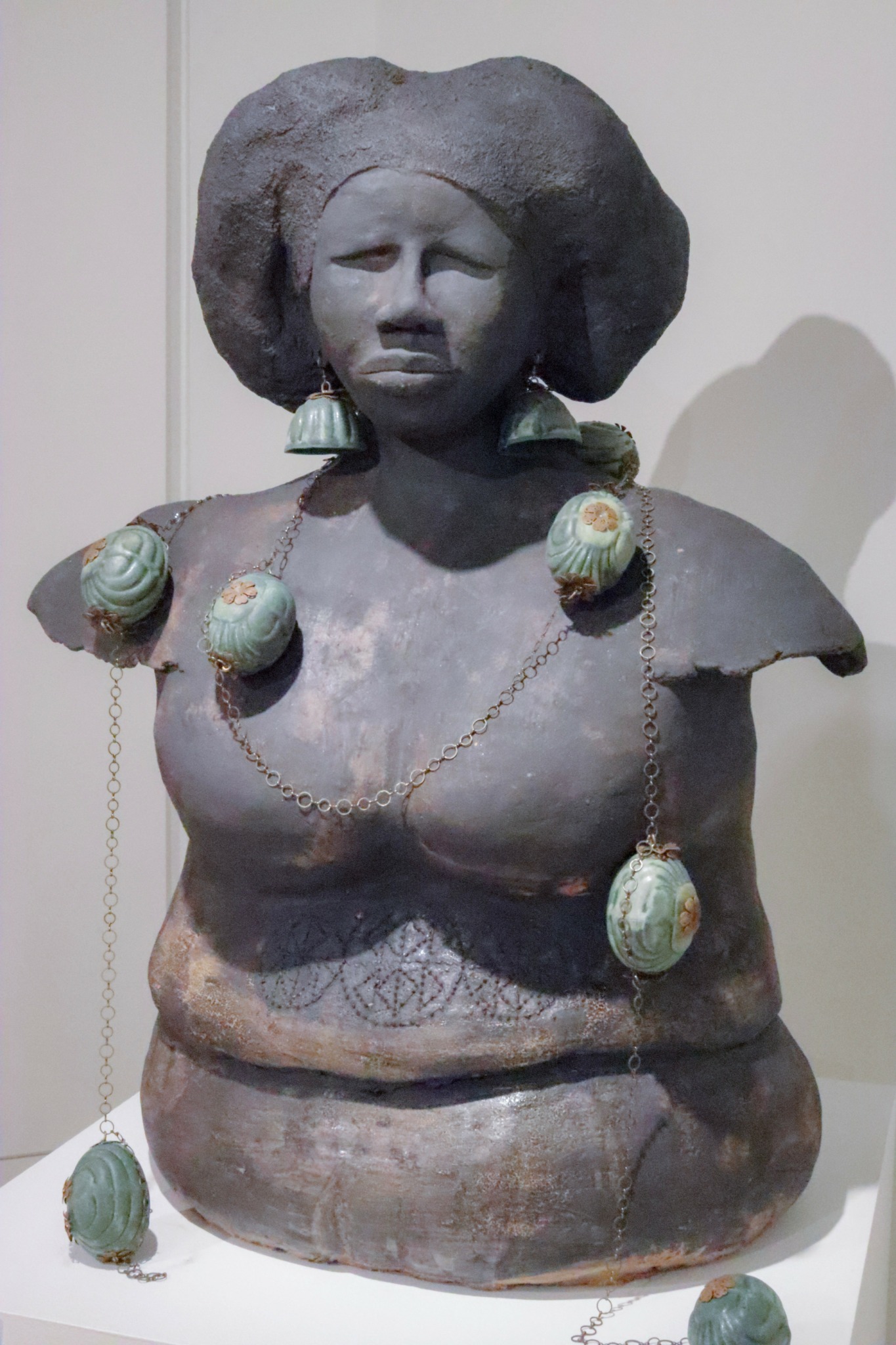
Image Credits
Tansy Louise Obryant 2024
Tim Elliot 2025


